Keeping your carpet clean and well-maintained is essential for preserving its appearance and extending its lifespan. Regular cleaning and maintenance not only remove dirt and stains but also contribute to a healthier living environment. We will provide you with effective tips and techniques to clean and maintain your carpet, ensuring it stays fresh and beautiful for years to come.
Clean carpet and Health Benefits
A clean carpet contributes to a healthy home environment and demands less maintenance. Carpets can trap allergens, dust mites, pet dander, and other pollutants, which can affect indoor air quality and trigger allergies or respiratory issues. Regular cleaning helps remove these contaminants, promoting a healthier living space for you and your family and also help in maintaining the carpet.

Prolonging the Lifespan by keeping the Carpet Clean
You must have done a lot of exercise and probably have taken months while choosing carpet as per your likes. Cleaning and maintaining your carpet can significantly extend its lifespan. Over time, dirt particles and debris can accumulate in the carpet fibers, causing wear and tear. By removing these particles through regular cleaning, you prevent the carpet from becoming matted and damaged, ensuring its longevity.

Clean Carpet Enhance the Appearance of Your Home
A well-maintained carpet enhances the overall appearance of your home. Regular cleaning eliminates stains, spots, and embedded dirt, restoring the carpet’s original beauty. Additionally, a clean carpet provides a fresh and inviting atmosphere, making your home more comfortable and visually appealing.

Preparing for Carpet Cleaning
Before diving into the cleaning process, it’s essential to prepare properly. Here are some steps to follow:
1. Gather the Necessary Supplies
To effectively clean your carpet, gather the required supplies. These may include a vacuum cleaner, carpet cleaning solution, stain removers, microfiber cloths, and a carpet brush. Having these items ready ensures a smooth cleaning process without interruptions.
2. Clear the Area
Clear the carpeted area of any furniture, toys, or other objects. This allows you to have full access to the carpet, ensuring a thorough cleaning. If moving furniture is impractical, consider using furniture sliders to protect the carpet and make the process easier.
3. Vacuuming the Carpet
Before proceeding with deep cleaning, vacuum the carpet thoroughly. This step removes loose dirt, debris, and pet hair, making the subsequent cleaning more effective. Pay extra attention to high-traffic areas and corners where dirt tends to accumulate.

Cleaning Methods for Different Types of Carpet
Different types of carpets require different cleaning methods to ensure optimal results. Here are 3 common carpet cleaning techniques:
1. Hot Water Extraction
Hot water extraction, also known as steam cleaning, is a popular and effective method for deep cleaning carpets. It involves the use of hot water and a cleaning solution, which is injected into the carpet fibers and then extracted along with the dirt and grime. This method is suitable for most types of carpets and provides a thorough cleaning.
2. Dry Cleaning
Dry cleaning is a low-moisture cleaning method that utilizes specialized cleaning compounds or powders. These products are applied to the carpet and agitated to loosen dirt. The residue is then vacuumed, leaving the carpet clean and dry. Dry cleaning is a convenient option when you need to clean your carpet quickly or if moisture is a concern.
3. Carpet Shampooing
Carpet shampooing involves the use of a carpet cleaning machine that applies a foamy shampoo solution to the carpet. The foam is worked into the carpet fibers using brushes, and then the carpet is rinsed and vacuumed to remove the shampoo and dirt. While shampooing can effectively remove dirt and stains, it may require longer drying times.
Removing Stains and Spots from Carpet
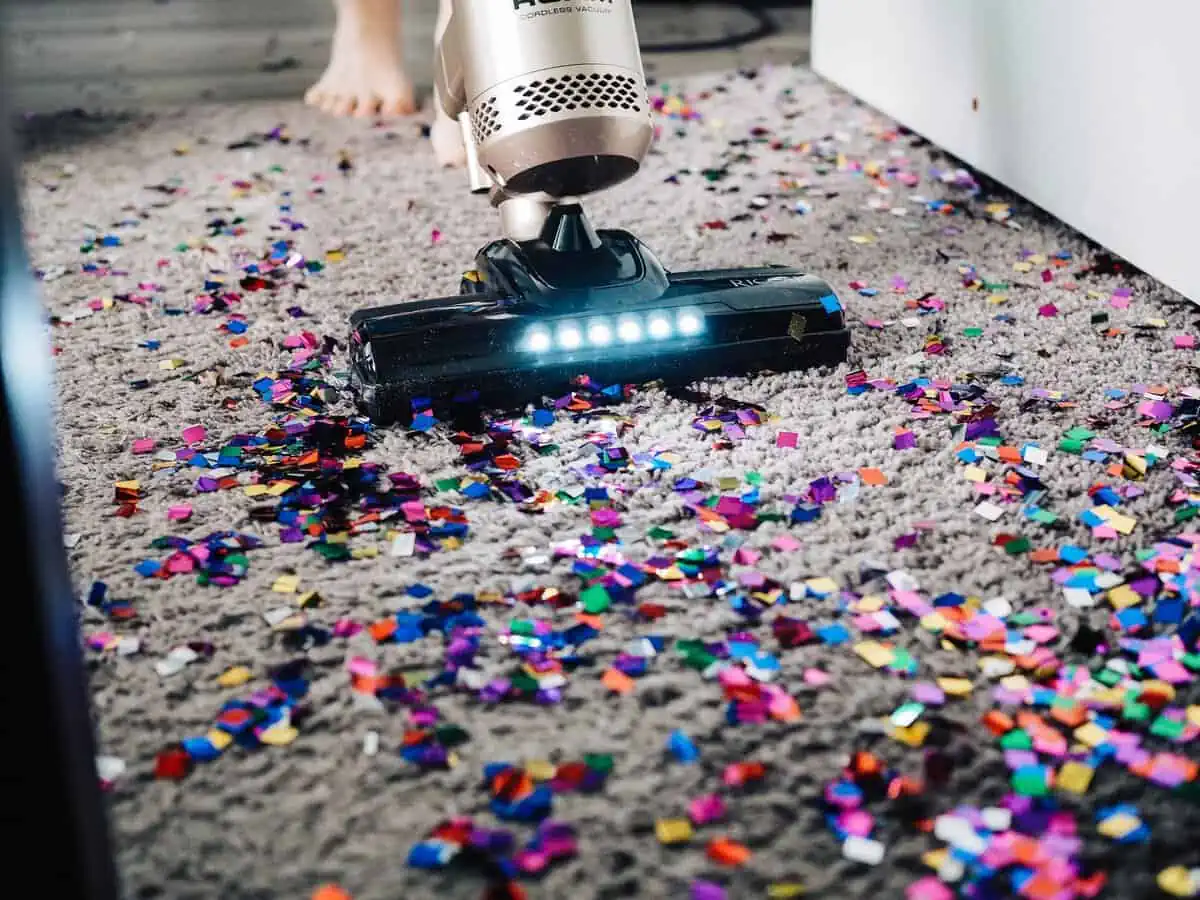
Despite our best efforts, spills and accidents can happen, leading to stains and spots on the carpet. Here are 3 tips to effectively remove them:
1. Immediate Action is Crucial
Whenever a spill occurs, it’s essential to act quickly. Blot the spill with a clean cloth or paper towel to absorb as much liquid as possible. Avoid rubbing the stain, as this can push it deeper into the carpet fibers.
2. General Stain Removal Tips
For general stains, you can create a homemade cleaning solution by mixing warm water with a small amount of mild dish soap. Test the solution on a small, inconspicuous area of the carpet first to ensure it doesn’t cause any discoloration.
3. Specific Stain Removal Techniques
Different types of stains may require specific treatment methods. Here are 4 common stains and how to remove them:
1. Coffee Stains
Blot the stain with a mixture of water and vinegar, then rinse with warm water.
2. Red Wine Stains
Blot the stain with a clean cloth, then apply a mixture of water and dish soap. Rinse with warm water.
3. Ink Stains
Dab the stain with rubbing alcohol using a clean cloth. Blot the stain until it disappears.
4. Pet Urine Stains
Blot the stain, then apply a mixture of water and white vinegar. Rinse with warm water.
Regular Maintenance Tips for Clean Carpet
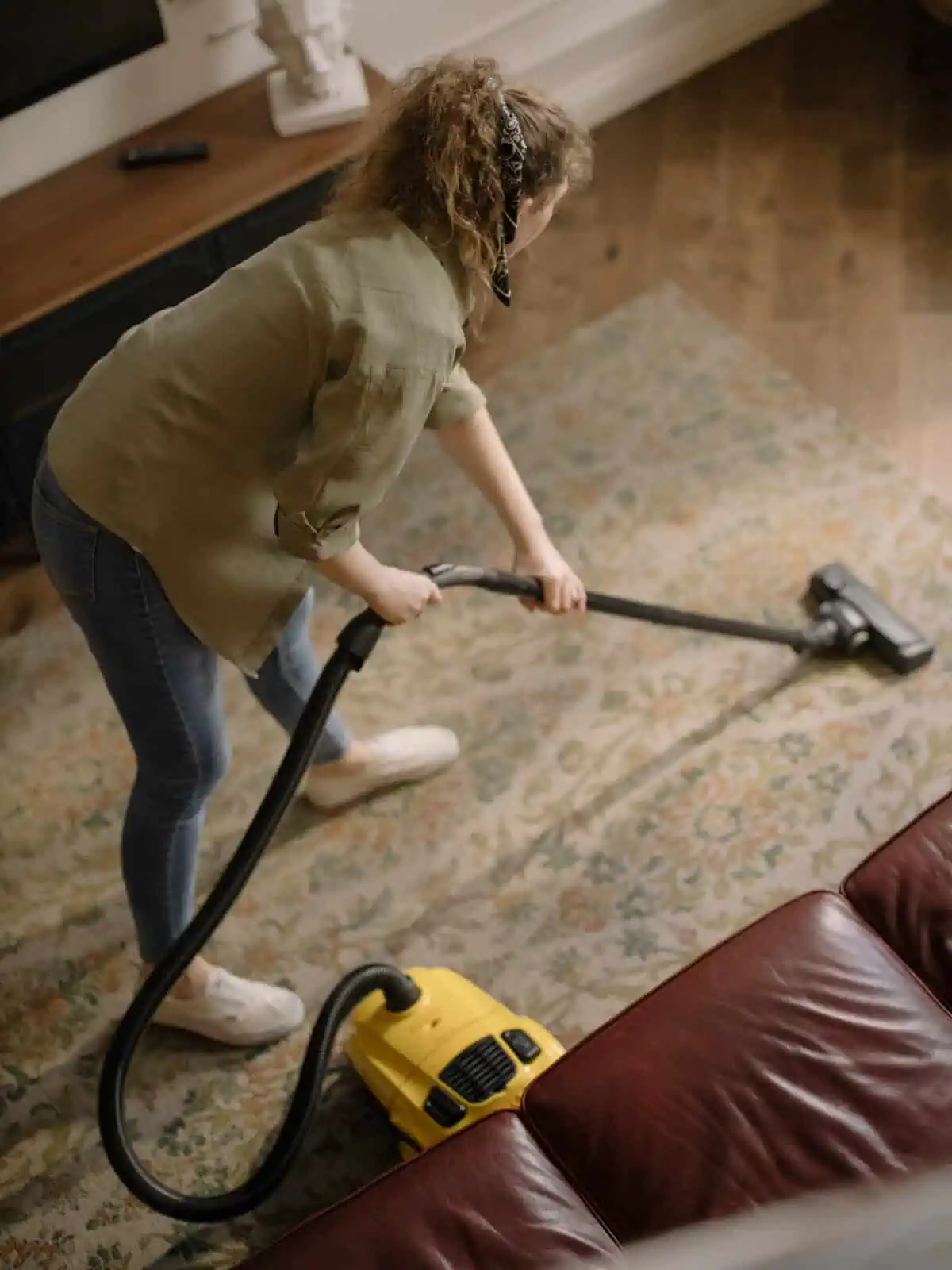
Regular maintenance is essential to keep your carpet clean and fresh. Here are some tips to incorporate into your cleaning routine:
Regular Vacuuming
One of the most fundamental carpet cleaning practices is regular vacuuming. Vacuuming helps remove dirt, dust, and debris that accumulate on the surface and within the carpet fibers. Follow these 4 tips for effective vacuuming:
1. Choose a vacuum cleaner with adjustable settings to accommodate different carpet heights and pile thickness.
2. Set the vacuum to the appropriate height to ensure it effectively removes dirt without causing damage to the carpet.
3. Vacuum high-traffic areas at least twice a week and other areas at least once a week.
4. Use the attachments and crevice tools to clean corners, edges, and hard-to-reach areas.
Spot Cleaning
Accidents happen, and when spills or stains occur on your carpet, it’s crucial to address them promptly to prevent permanent damage. Here’s how to handle spills and stains effectively:
1. Blot the spill or stain immediately using a clean, white cloth or paper towel. Avoid rubbing, as it can spread the stain and damage the carpet fibers.
2. Work from the outer edges of the stain towards the center to prevent it from spreading further.
3. Use a mild detergent solution or a carpet stain remover specifically designed for the type of stain you’re dealing with.
4. Test any cleaning solution on a small, inconspicuous area of the carpet before applying it to the stain.
5. Gently blot the stain with the cleaning solution using a clean cloth, working inwards.
6. Rinse the area with clean water and blot dry with a clean cloth to remove any residue.
Professional Cleaning
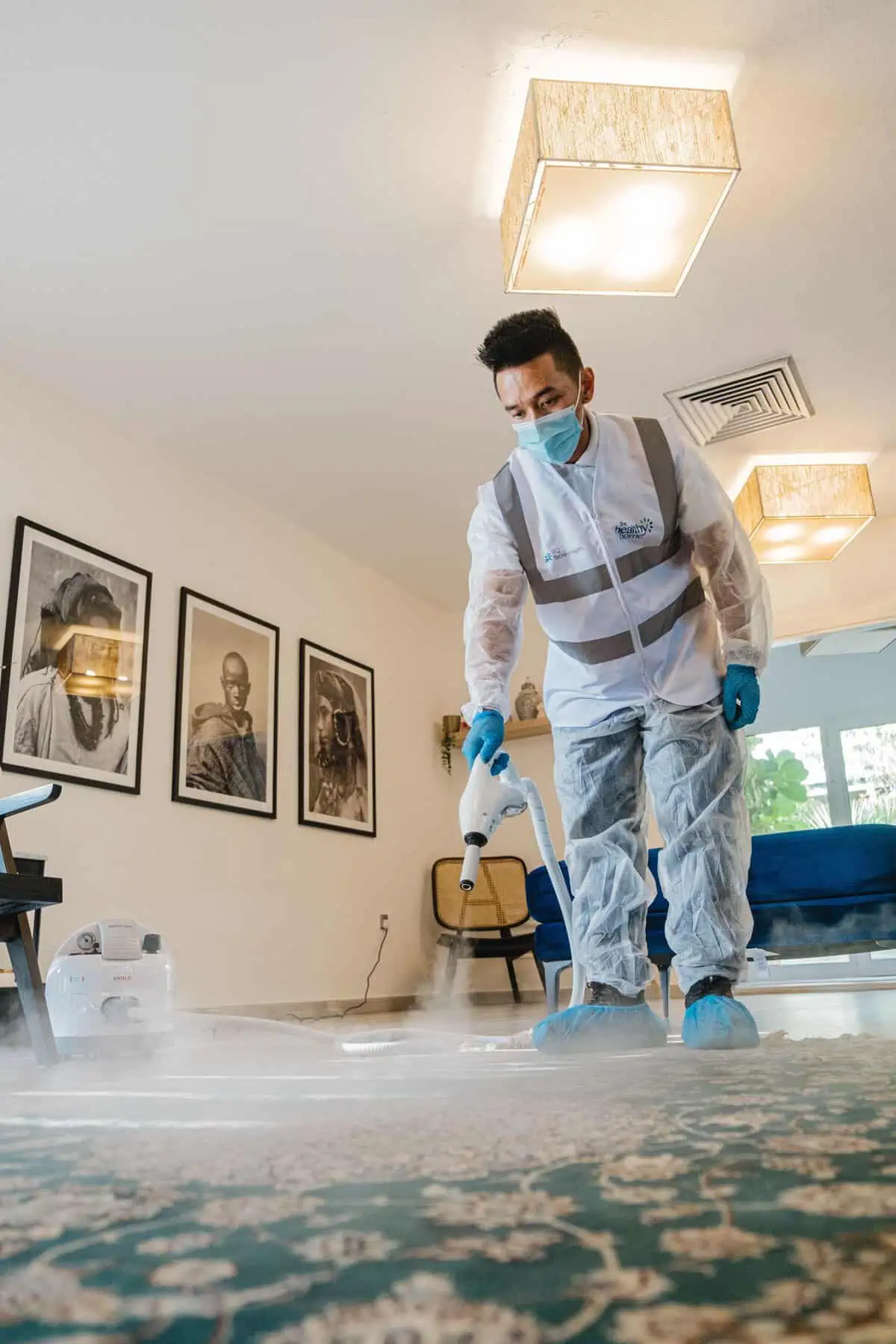
In addition to regular maintenance, it’s advisable to schedule professional carpet cleaning at least once or twice a year. Professional cleaners have the expertise and equipment to deep clean your carpets, removing deep-seated dirt and allergens.
Protecting High-Traffic Areas of your Carpet
High-traffic areas of your carpet, such as hallways and entryways, are more prone to wear and tear. Here are 4 simple ways to protect and prolong the lifespan of these areas:
1. Use doormats or rugs at entrances to trap dirt and debris before it reaches the carpet.
2. Encourage family members and guests to remove their shoes before stepping onto the carpet.
3. Rearrange furniture periodically to distribute the weight and prevent excessive wear in specific areas.
4. Consider using carpet runners or area rugs in high-traffic zones to reduce direct wear on the carpet.
Rotating Furniture and Rugs
To prevent uneven wear, periodically rotate your furniture and area rugs. This distributes the weight and foot traffic, preventing certain areas from becoming worn out more quickly than others.
Dealing with Odors

Unpleasant odors can linger in carpets, especially if there have been spills or accidents. Here’s 3 ways to address them:
1. Identifying the Source of Odors
Before tackling odors, it’s essential to identify their source. Check for any hidden spills, pet accidents, or areas of moisture that may be causing the odor. Once you’ve identified the source, you can target it more effectively.
2. Natural Remedies for Odor Removal
Baking soda is a natural and effective odor absorber. Sprinkle baking soda liberally over the carpet and let it sit for a few hours or overnight. Then, vacuum the carpet to remove the baking soda along with the absorbed odors.
3. Using Commercial Carpet Fresheners
Commercial carpet fresheners are readily available and can help neutralize odors while leaving a pleasant scent. Follow the instructions on the product label to apply the freshener to your carpet.
Protecting Your Carpet
Taking preventative measures can significantly extend the lifespan of your carpet. Here are 4 tips for protecting your carpet:
1. Using Entrance Mats
Place entrance mats both outside and inside your home to minimize the dirt and debris that enters. These mats trap dirt and moisture, reducing the amount that reaches your carpet.
2. Implementing a No-Shoes Policy
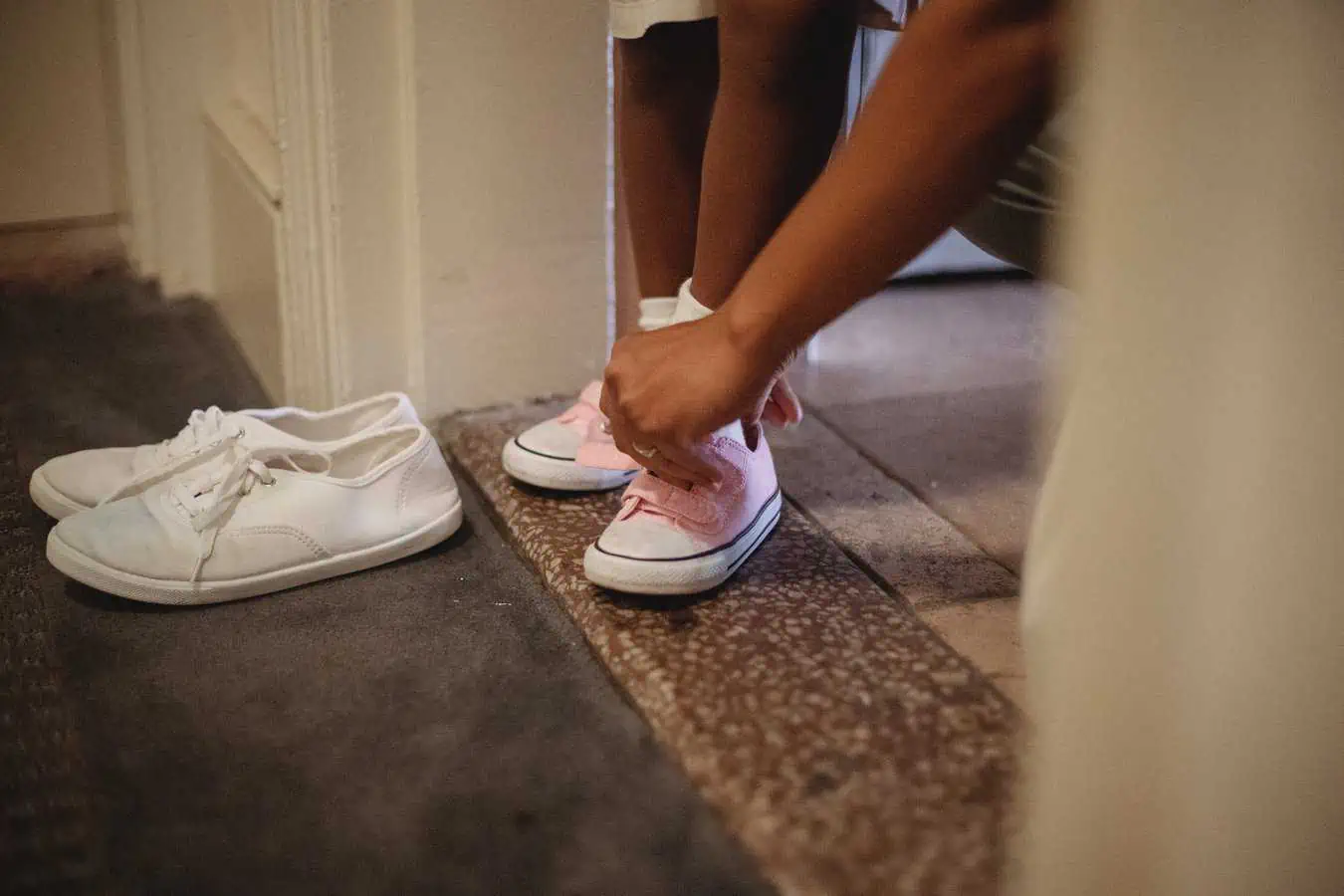
Consider implementing a no-shoes policy in your home, especially in carpeted areas. Shoes can track in dirt, oils, and other substances that can soil the carpet. Provide alternative footwear or keep slippers near the entrance for guests.
3. Placing Furniture Pads
Furniture can leave indentations and damage carpet fibers. Attach furniture pads or coasters to the legs of chairs, tables, and other heavy pieces to prevent them from compressing the carpet.
4. Avoiding Direct Sunlight
Direct sunlight can cause carpet fibers to fade and deteriorate over time. Protect your carpet by using curtains or blinds to block excessive sunlight, especially in areas with large windows.
DIY vs. Professional Carpet Cleaning

When it comes to carpet cleaning, you have the option to tackle the task yourself or hire professionals. Here are 3 factors to consider:
1. Benefits of Hiring Professionals
Professional carpet cleaning services have the expertise, equipment, and cleaning solutions to deliver a deep and thorough cleaning. They can effectively remove stubborn stains, eliminate odors, and rejuvenate your carpet, saving you time and effort.
2. Cost Considerations
The cost of professional carpet cleaning varies depending on factors such as the size of your carpeted area and the cleaning method used. You may hire a professional or may purchase smart home techs which can be a one time investment. While it may require an investment, professional cleaning can revitalize your carpet and prolong its lifespan, potentially saving you money in the long run.
3. Frequency of Professional Cleaning
The frequency of professional carpet cleaning depends on factors such as the amount of foot traffic, presence of pets or allergies, and general wear and tear. Typically, scheduling professional cleaning once or twice a year is recommended for most households.
Conclusion
Proper cleaning and maintenance are crucial for keeping your carpets looking their best and maintaining a healthy living environment. Regular vacuuming, prompt treatment of spills and stains, deep cleaning, protecting high-traffic areas, and scheduling professional cleanings all contribute to the longevity and beauty of your carpets. By following these tips and establishing a routine, you can enjoy clean, fresh, and inviting carpets for years to come.
Frequently Asked Questions (FAQs)
1. How often should I clean my carpet?
It’s recommended to vacuum your carpet at least once a week and schedule professional cleaning once or twice a year, depending on usage and foot traffic.
2. Can I use homemade solutions for carpet cleaning?
Yes, you can create homemade solutions using ingredients like warm water, mild dish soap, and vinegar. However, test the solution on a small, inconspicuous area first to ensure it doesn’t cause any damage.
3. Are professional carpet cleaning services safe for children and pets?
Professional carpet cleaning services use safe and effective cleaning solutions. However, it’s advisable to keep children and pets away from the freshly cleaned area until it’s completely dry.
4. How can I clean my carpet at home?
Yes you can clean your carpet at home. Start by vacuuming thoroughly. Then, spot clean any stains using a mixture of mild detergent and water. Finally, steam clean or use a carpet cleaner for a deep clean.
5. How to clean a carpet by hand?
To clean a carpet by hand, start by vacuuming to remove loose dirt. Next, apply a mixture of mild detergent and water to the stained areas, scrub gently, and rinse with clean water. Blot excess moisture and let it air dry.
6. What cleans carpet best?
A mixture of warm water and a carpet cleaning solution or detergent typically cleans carpets effectively. Additionally, using a carpet cleaner or steam cleaner can provide a thorough and deep cleaning.
7. How do you clean Indian Carpet?
To clean an Indian carpet, start by vacuuming it thoroughly. Test a small area with a mild carpet cleaner to ensure colorfastness, then gently clean the entire carpet using the cleaner. Allow it to air dry completely.
8. How to clean carpet without a machine?
To clean a carpet without a machine, start by vacuuming thoroughly. Next, spot clean any stains with a mixture of mild detergent and water, scrub gently, and blot with a clean cloth. Let it air dry completely.

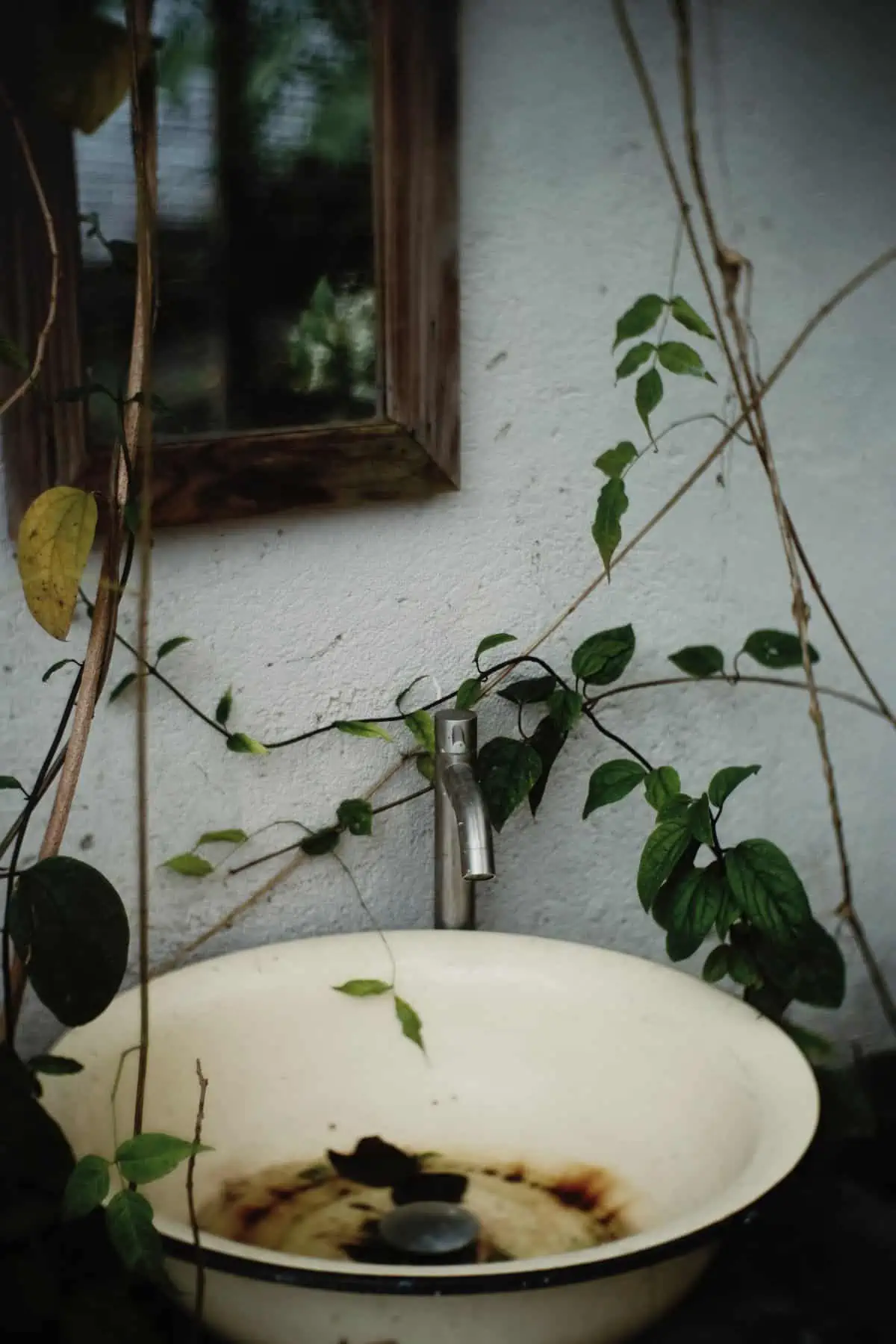


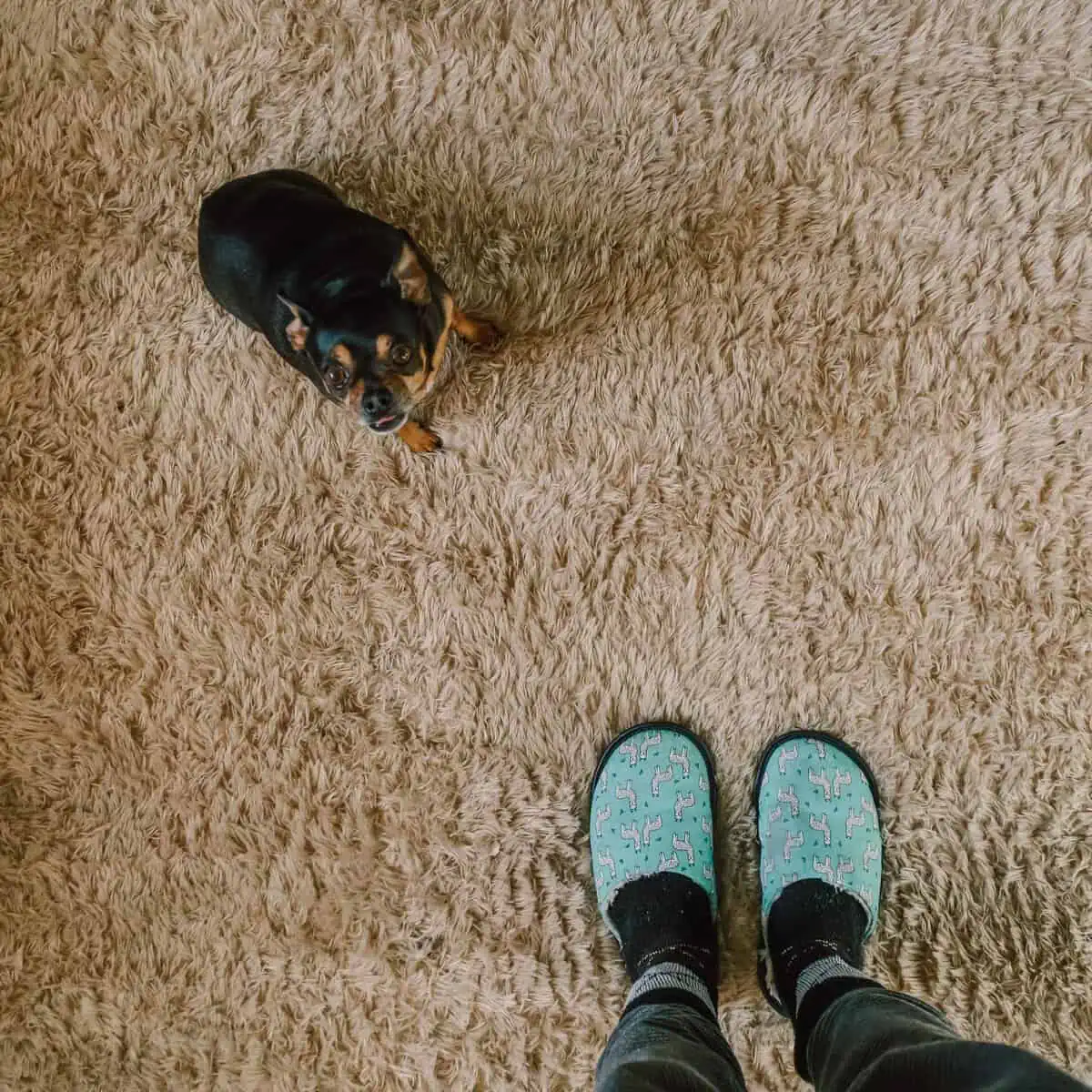

Pingback: How to Choose Carpet: Create a Heaven of Warmth and Luxury
Pingback: Carpet vs Hardwood Flooring: Decision made easy
Pingback: Best Carpet Colors: 11 Best Colors for Your Home
Pingback: How to Get Slime Out of Carpet: Easiest Stress-Free Techniques